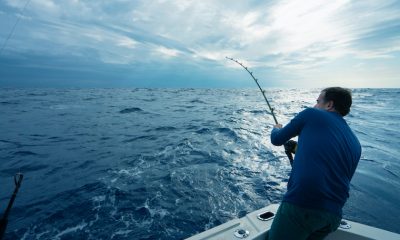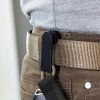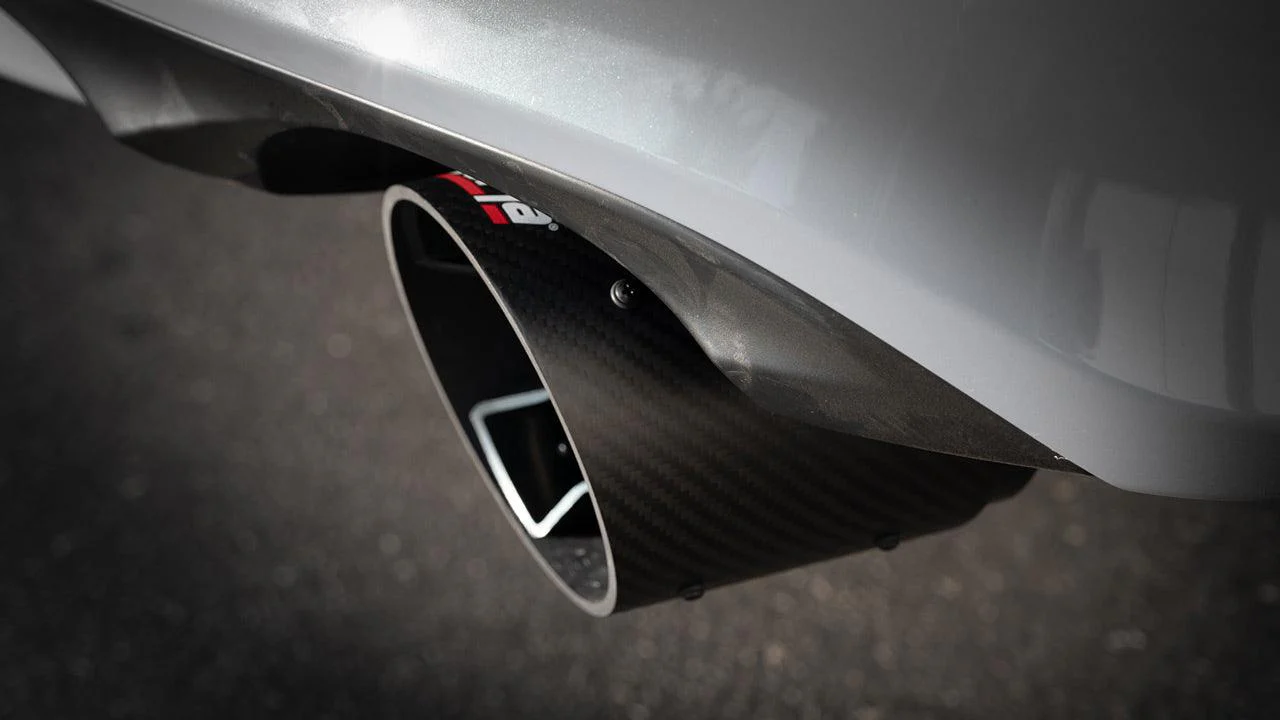Sports & Travel
Mastering the Green: How to Choose a Golf Putter to Benefit Your Game
Putting is often the most stressful part of golf for many players. Countless golf careers have been cut short by the frustration of yet another three-putt, and few sports can match the agony of crucial putts under pressure. The putter is the most frequently used club in your bag, and in nearly every professional competition, it’s the player with the best putting who triumphs.
As with all golf technology, putters are evolving to benefit players of all levels. New designs are helping many golfers improve their skills and enjoy a more relaxed experience on the green. The following guide provides insight into the latest technologies and offers advice on how to choose the right putter to lower your scores.
Types to Choose From
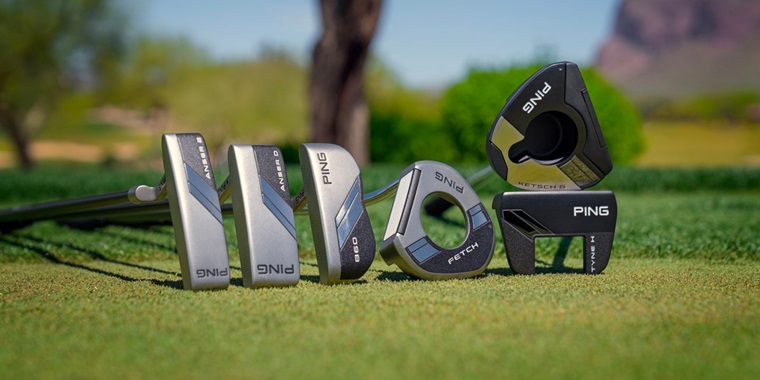
Finding a suitable putter for sale can significantly elevate your game, but with so many types available, the decision can be tricky, especially for beginners.
Face balance refers to golf putters with an upward-facing face when the shaft is balanced on your finger. This means the centre of gravity is directly below the shaft’s axis. Face-balanced putters tend to open less on the backswing and close less on the follow-through, making them ideal for players with a straight putting stroke.
Toe-balanced putters have toes that point to the ground when the shaft is balanced on your finger. This indicates that the centre of gravity is not immediately below the shaft axis. These tend to open and close more during the stroke, suiting players with an arcing putting stroke.
Not every type is designed to be either face or balanced. Some are neither fully face-balanced nor toe-balanced but instead fall somewhere in between, with varying degrees of toe hang. As you become more experienced, you’ll find that matching your stroke type to the putter’s balance will make you more consistent on the green.
Head Designs
The blade is the oldest and most conventional style of putter for sale. With a relatively small head, it was the most popular design in golf from 1900 to 1990 and is still used by many golfers today. In the early days of club manufacturing, the simple, flat shape was easy to produce, and the soft feel of a blade type appealed to players on various types of greens.
Blade options work best on harder, faster greens that require a more delicate touch. They are usually face-balanced, making them a good choice for players with straight-putting strokes.
The peripheral weighted or heel-toe weighted putter was the obvious progression from the blade alternative. Long and narrow at the address, the design might still be soft and delicate, but with extra weight in the heel and toe regions for greater consistency and forgiveness.
Large heads in driver design made tee strokes more consistent and forgiving, and the mallet-shaped putter provided the same benefits on the green. With additional space to play with, manufacturers frequently use various alignment aids and forms on the back of the head to help players better align to putts.
Faces and Inserts
The type of putter face you choose depends on your preferences for feel, the ball you use, and the typical speed of the greens you play on. For instance, using a hard-feeling golf ball with a metal-faced putter on fast greens can result in an overly firm strike. It’s important to find the best combination of ball and face for the greens you usually play.
The standard face material is steel. Other metals have been utilised in the past, and several are still used today, including bronze, aluminium, brass, copper, zinc, and titanium. Putter faces are perfectly suited to the exceptionally strong and hefty nature of metal. Steel has a reputation for being a hard, yet responsive strike giving those mddels a solid, controlled feel.
Shafts and Hosels
Putters nearly always have steel shafts to provide a constant, solid feel. The hosel is the point where the shaft connects to the head, and there are several options. On heel-shafted designs, the shaft attaches directly to the head at the end closest to the golfer. Centre-shafted ones join in the same fashion, except they meet the putter in the centre of the head lengthwise.
Some putters also have a hosel offset. This occurs when the hosel is bent rearward, causing the bottom of the shaft to slide forward of the face of the putter, drawing a player’s hands ahead of the ball during impact.
Grips
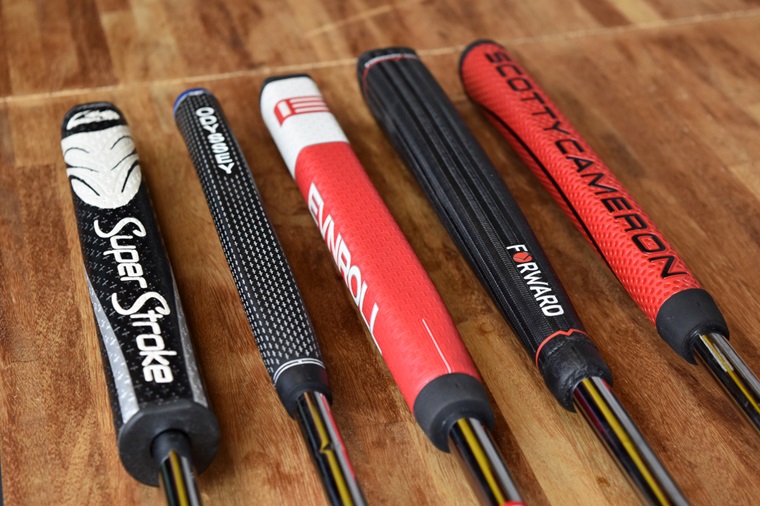
Unlike the rest of your clubs, your putter has a wide range of grip alternatives. According to the regulations of the game, the putter is the only grip that can have a flat edge. This flat edge is typically placed facing away from your body to help guide you to the exact position of your thumbs on your grip.
Different sizes or diameters are also available to help you improve your skills on the greens. A thicker grip helps to keep your hands and wrists out of the stroke, which is what golfers want to do to improve their putting. The disadvantage of a thicker grip is that it will not provide the same amount of feel as a conventional grip since the vibrations coming up the shaft will be muffled. If you are a feel putter or have a stroke that requires a lot of wrist action, a conventional grip is a better option for your needs.
Writing for the blog since 2012, Chris simply loves the idea of providing people with useful info on business, technology, vehicles, industry, sports and travel – all subjects of his interest. Even though he sounds like quite the butch, he’d watch a chick flick occasionally if it makes the wife happy, and he’s a fan of skincare routines though you’d never have him admit that unless you compliment his impeccable skin complexion.









